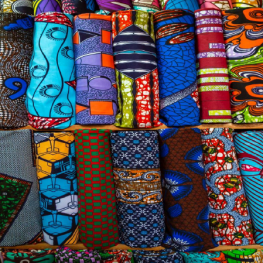Digital inkjet printing technology offers new horizons to the advanced textile manufacturing sector, as it is a resource efficient technology that consumes just enough materials and chemicals, with minimum waste production after the process.
The flexibility it provides to the fashion sector plays a great role in adapting to the fast changing trends of the markets nowadays With high resolution prints, endless color choices, along with high speed production are few of the outstanding characteristics of this technology.
The designs are created digitally via software that are connected to the printheads this allows a significant reduction of production time, as well as reduces storage space and costs related to the stamps/stencils used in rotary and screen printing methods. The drop on demand approach used nowadays in digital inkjet printing ensures the proper use of inks, with less hazards to operators and the surrounding environment due to reduced waste.
This technology revealed new possibilities in textile finishing as well, with more printhead options that are suited for temperature sensitive inks, the functional inks can be applied to the textiles to add new functions, new properties, and even to produce sensors and smart textiles.
Keywords: Digital inkjet printing, Textile, Resource-efficient, Sustainability







